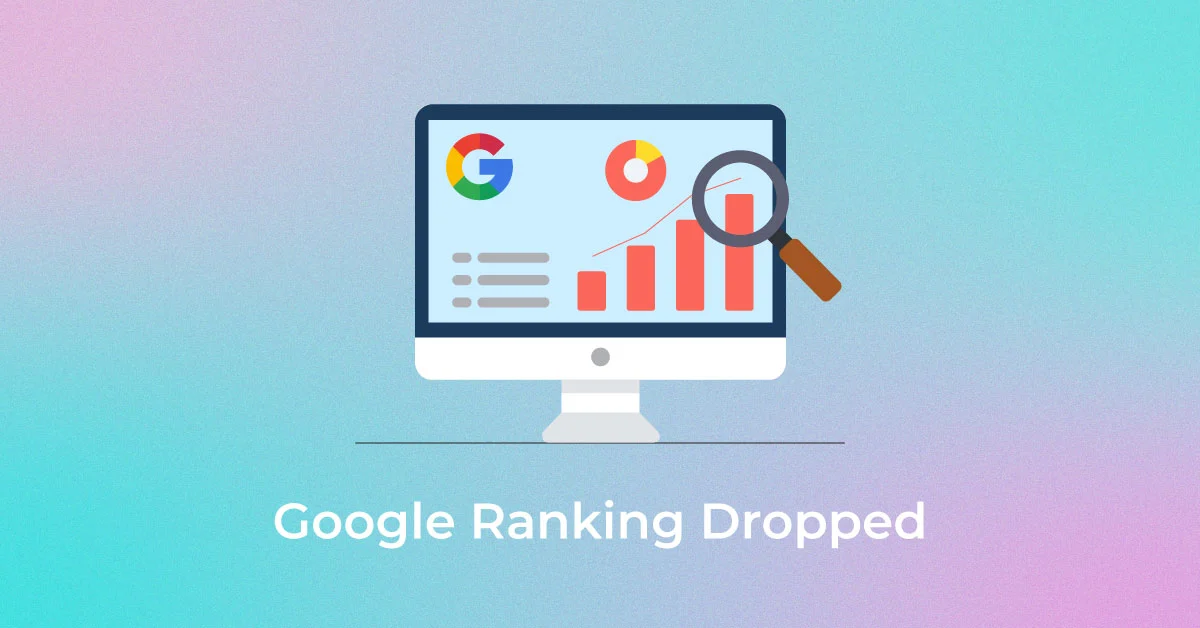
Boosting website rankings after Google core updates in 2024 requires a multifaceted approach that goes beyond just focusing on Domain Authority (DA) and backlinks. While these factors are important, they are just part of the equation. Here are some strategies to consider:
- Quality Content: Continuously produce high-quality, relevant, and engaging content that satisfies user intent. Google’s algorithms increasingly prioritize content that provides value to users.
- User Experience (UX) Optimization: Ensure your website offers a seamless and user-friendly experience across all devices. Optimize page load speed, navigation, and mobile responsiveness. Google puts significant emphasis on UX factors.
- E-A-T: Emphasize expertise, authority, and trustworthiness (E-A-T) across your website. Demonstrate your expertise in your niche, establish authority through credible backlinks and mentions, and build trust by providing accurate and reliable information.
- Technical SEO: Conduct regular technical audits to identify and fix any issues that may affect your website’s performance in search results. This includes optimizing meta tags, improving site structure, fixing broken links, and ensuring proper indexing.
- Natural Link Building: Focus on acquiring high-quality, relevant backlinks from authoritative websites through natural means. Avoid spammy link-building practices that can result in penalties from Google.
- Optimize for Featured Snippets and SERP Features: Aim to appear in featured snippets, knowledge graphs, and other SERP features by structuring your content effectively and providing concise answers to common user queries.
- Localized SEO: If applicable, optimize your website for local search by claiming and optimizing your Google My Business listing, acquiring local citations, and targeting location-specific keywords.
- Social Media Engagement: Maintain an active presence on social media platforms relevant to your audience. Engage with your followers, share valuable content, and encourage social sharing to increase brand visibility and attract traffic to your website.
- Voice Search Optimization: With the rise of voice search, optimize your content for natural language queries and long-tail keywords that people are likely to use when speaking rather than typing.
- Monitor and Adapt: Keep a close eye on your website’s performance using tools like Google Analytics and Google Search Console. Monitor changes in rankings, traffic, and user behavior, and adapt your strategies accordingly to stay aligned with Google’s algorithm updates.
Remember that SEO is an ongoing process, and success depends on continuously adapting to changes in search engine algorithms and user behavior. By focusing on providing value to your audience and following best practices, you can improve your website’s rankings over time.
Steps To Consider And Back All Ranking As Earlier
If your site has lost visibility in Google searches after the 2024 core updates, it’s essential to take proactive steps to diagnose and address the issues. Here’s a structured approach to help you regain your rankings:
- Conduct a Comprehensive Site Audit:
- Use tools like Google Search Console, SEMrush, or Ahrefs to identify any technical issues, such as crawl errors, indexing problems, or penalties.
- Check for manual actions or penalties in Google Search Console.
- Review On-Page Factors:
- Ensure that your pages have relevant titles, meta descriptions, and headers that accurately describe the content.
- Check for keyword stuffing or over-optimization, which can hurt your rankings.
- Evaluate Content Quality:
- Assess the quality and relevance of your content. Is it comprehensive, engaging, and well-structured?
- Look for duplicate content issues or thin content that may have been flagged by Google’s algorithms.
- Backlink Analysis:
- Review your backlink profile to identify any spammy or low-quality links that could be dragging down your site’s authority.
- Disavow toxic backlinks using Google’s Disavow Tool, if necessary.
- Monitor Competitors:
- Analyze changes in the rankings and strategies of your competitors. Identify areas where they may have gained an advantage.
- Optimize for User Experience (UX):
- Improve site speed, mobile-friendliness, and overall user experience. Google places increasing importance on these factors.
- Ensure clear navigation and intuitive design to enhance user engagement.
- Implement Structured Data:
- Use structured data markup (Schema.org) to provide additional context to search engines about your content. This can improve your chances of appearing in rich snippets and other SERP features.
- Focus on E-A-T:
- Strengthen expertise, authority, and trustworthiness signals across your site. Showcase credentials, expertise, and testimonials where applicable.
- Consider adding author bios and credentials to demonstrate expertise.
- Content Refresh and Expansion:
- Update existing content to reflect the latest information or changes in your industry.
- Expand your content with new topics or in-depth guides to provide more value to your audience.
- Build a Strong Internal Link Structure:
- Ensure that your site’s internal linking structure is optimized to help search engines understand the hierarchy and relevance of your pages.
- Engage with Social Media and Earn Mentions:
- Increase your social media presence and encourage shares and engagement.
- Seek opportunities for natural mentions and backlinks from reputable sources in your industry.
- Track Progress and Adjust:
- Monitor the impact of your changes using analytics tools and search console data.
- Continuously adapt your strategy based on performance and any further updates to Google’s algorithms.
Remember that recovering lost rankings may take time and persistence. By following these steps and maintaining a focus on providing value to your audience, you can improve your site’s visibility in Google searches over time.


